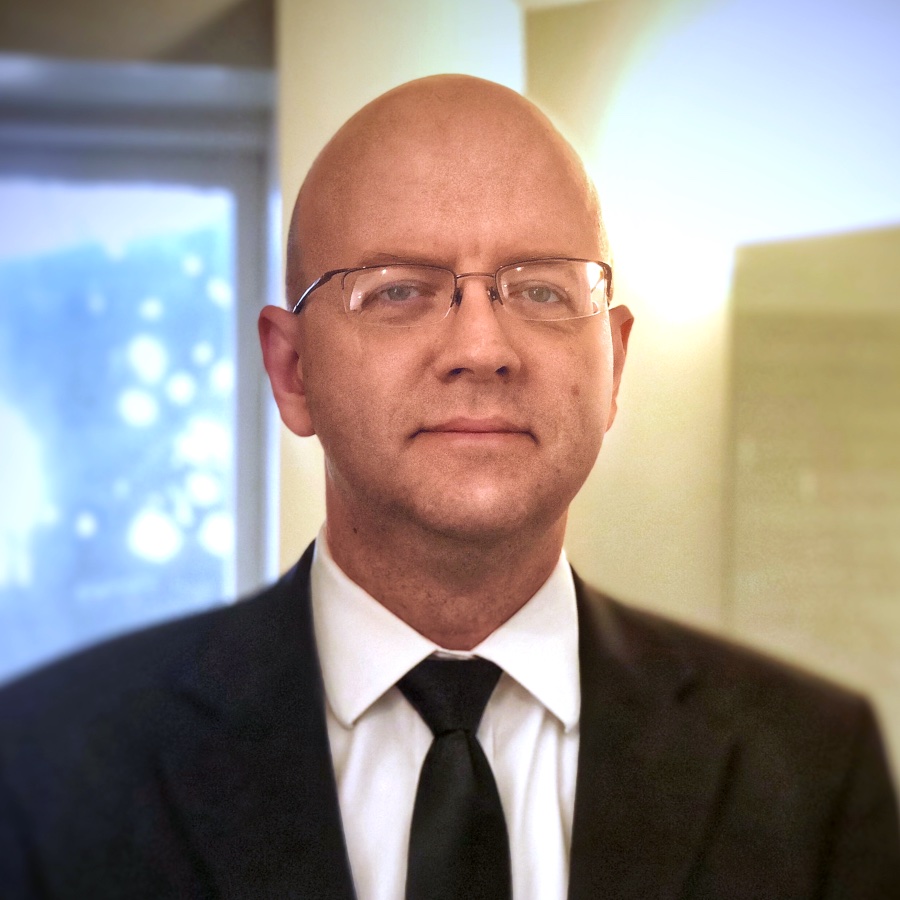
Finding Darkness Within the Light
―The role of responsible outdoor lighting design in confronting the global loss of the night―
Mr. John Barentine (former Director of International Dark-Sky Association)
It is becoming much more evident that “light pollution,” one of the new environmental threats, affects the night sky, nocturnal wildlife, energy security, and public safety. This is a presentation by Mr. John Barentine, a former Director of International Dark-Sky Association, focusing on the role of lighting design and the built environment in relation to the causes and consequences of “light pollution,” which are different from other environmental pollutions.

“Artificial Light at Night (ALAN),” which refers to artificially generated light in the night environment, is known to be extremely harmful to living organisms that is adapted to the light from heat sources such as the sun, moon, and stars. Studies on the melatonin action spectrum also show that the production and secretion of human signal transduction hormones are affected by artificial light. Given that the planet’s living organisms four billion years ago evolved in a darker night environment than today, and that electrical light has been developed only in the last 130 years and is a very recent phenomenon, the organisms including human have not yet adapted to the bright night environment. In addition, Mr. Barentine points out that much of the ALAN in cities today is consumed and wasted in places, times, and quantities away from human life.
For example, the effects of the ALAN from densely populated cities such as New York and Las Vegas, where economic activities at night are thriving, are significantly widespread, and most of this artificial light is said to be unwanted and wasted. On the other hand, a questionnaire conducted in three cities in Israel revealed that the higher the illumination at night, the more difficult it becomes to maintain security. Mr. Barentine says that complete elimination of ALAN from outdoor environment is impossible. However, it is important to reset the relationship between ALAN and human, while keeping the right balance among competing interests without causing as much waste as it does now.

Lastly, Mr. Barentine shows how to rethink the artificial light in an outdoor environment at night. Firstly, ALAN should be improved over time, by incorporating lighting design into urban planning from the early stage, and deepening our understanding of both lighting technology and light pollution. Secondly, light pollution should be recognized as an environmental pollution. If smoke coming out of a chimney is recognized as a harmful pollutant, the “excessive artificial light at night” should also be recognized the same. Laws and regulations on resource conservation and pollution reduction in lighting should be set up, and supported by the public. Then, outdoor lighting should improve, following some successful cases of communities’ active involvement in these initiatives, as seen in Flagstaff, Arizona, and elsewhere.
Taking these steps, the consumption of light shall be gradually reduced to a sustainable level where public needs are satisfied, while minimizing its impact on the environment.

He closed his presentation, saying that the problem of light pollution is serious, but the solution is right there before us, and if the society wishes for a better outcome, lighting design could become a great contributor to the solution of those problems.
Profile

John Barentine
Former Director
International Dark-Sky Association
